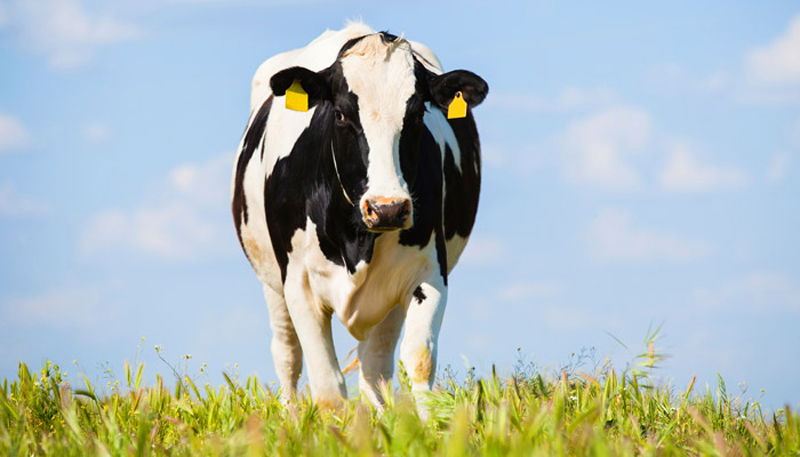Sometimes it is worthwhile for us all to step back from the day to day grind of running our businesses to evaluate our functions, efficiencies and profitability. Just because we maintain a practise that we have always done, doesn’t mean that we should continue doing it, and we should question whether it is the right path for our businesses to follow in the future. That said I don’t think many of us in this industry can be accused of not being adaptable to change when needed!
One area I think we can all agree on, is that the fundamental success of our business in terms of sales and growth is down to our customer base which comes in numerous guises:
• Milk processors
• Direct consumer sales (milk & meat)
• Abattoirs (cull & prime cattle)
• Beef producers (calves & stores)
• Forage & straw merchants
The list of customers can be extensive, but it is certainly worth making the effort to understand the needs of the most important customers on your list. Understanding their requirements will certainly maximise the returns to your business.
We must acknowledge that we can all be guilty of not thinking through ALL the ramifications of making fundamental changes to our business, and the knock on affects they can have on our customer base.
Over the last five years some industry bodies have been advocating a switch from all year round calving to block calving to deliver lower costs of production. They are also encouraging a move to increased milk production from grass and to follow Southern hemisphere breeding patterns to achieve the desired cost benefits.
There are several issues to consider before making these changes. The primary concerns of dairy producers would generally be “how does that affect the supply chain with my milk processor?”, “Will my new milk profile fit in with my processor’s sales pattern?” and “what affect will this change have on my milk price returns?”.
Little consideration is given to the impact on the abattoirs and beef producers, who are two other major customers and revenue streams. In the event of crossbreeding we need to factor in the devaluation of cull cow returns, namely through much lower carcase weights and poorer conformation, both of which are penalised heavily by the abattoir. The difference in returns from a Holstein/Friesian to a crossbred cow can be between £200-£500/head due to poor yield, plain and underweight carcases.
Calf values out of crossbred dairy cows have reached a point where many are not commercially viable for beef production, so the baby calf has zero value. This is not only dramatically lowering returns, and in cases created an overhead, but has also seen increasing numbers of calves being shot on farm in the past 12 months. Realistically calves bred from 500-600kgs cows will only realise a 250-260kg carcase in a market that is demanding a 270kg minimum, and this leads to a base price penalty. The same sired calf from a cow with a 600-700kg frame will produce a carcase on the same system at 290-310kgs. Much like the differential in values for the cows, a calf from a crossbred cow can return between £100-£250/head less for the same time period on a beef unit.
In more recent months we have seen a considerable swing to sexed dairy semen, therefore more cows are available to serve to a beef bull. Beef sire selection is something that must be carefully thought out, with ease of calving and early gestation being the primary priorities for any dairy producer. There are however some vital areas that should be considered when making a beef selection. For example, if you are in an area that is continually affected by TB then using native breeds is very restrictive if you want to sell calves and small stores whilst under restriction.
DEFRA are reducing the number of AFUs (Approved Finishing Units) with grazing. This is so that the industry is not needlessly exposing wildlife to potential infectious cattle. As these AFU grazing unit licences are being revoked, the market for TB restricted native bred calves and stores is diminishing rapidly. Wildlife proof AFUs (Approved Finishing Units-without grazing) can continue with the practise of sourcing stock under DEFRA license from TB restricted units. These units are effectively intensive fed cattle systems, that are only economically viable for Fr/Hol males and continental bred cattle.
Beef sire selection is not just about the breed, they must be the best within their breed. In a commercial British Blue sire trial that Meadow Quality are conducting along with Genus, there are considerable efficiencies to be made for beef producers through beef sire selection. Improved food conversion ratios and higher planes of daily liveweight gains maintain the beef carcase output whilst reducing the number of days in the beef unit.
Meadow Quality are always keen to discuss the ever-evolving world of the beef and dairy supply chains. It ensures maximum returns for both our dairy producers and beef finishers and helps deliver the desired finished product to the retailers.


